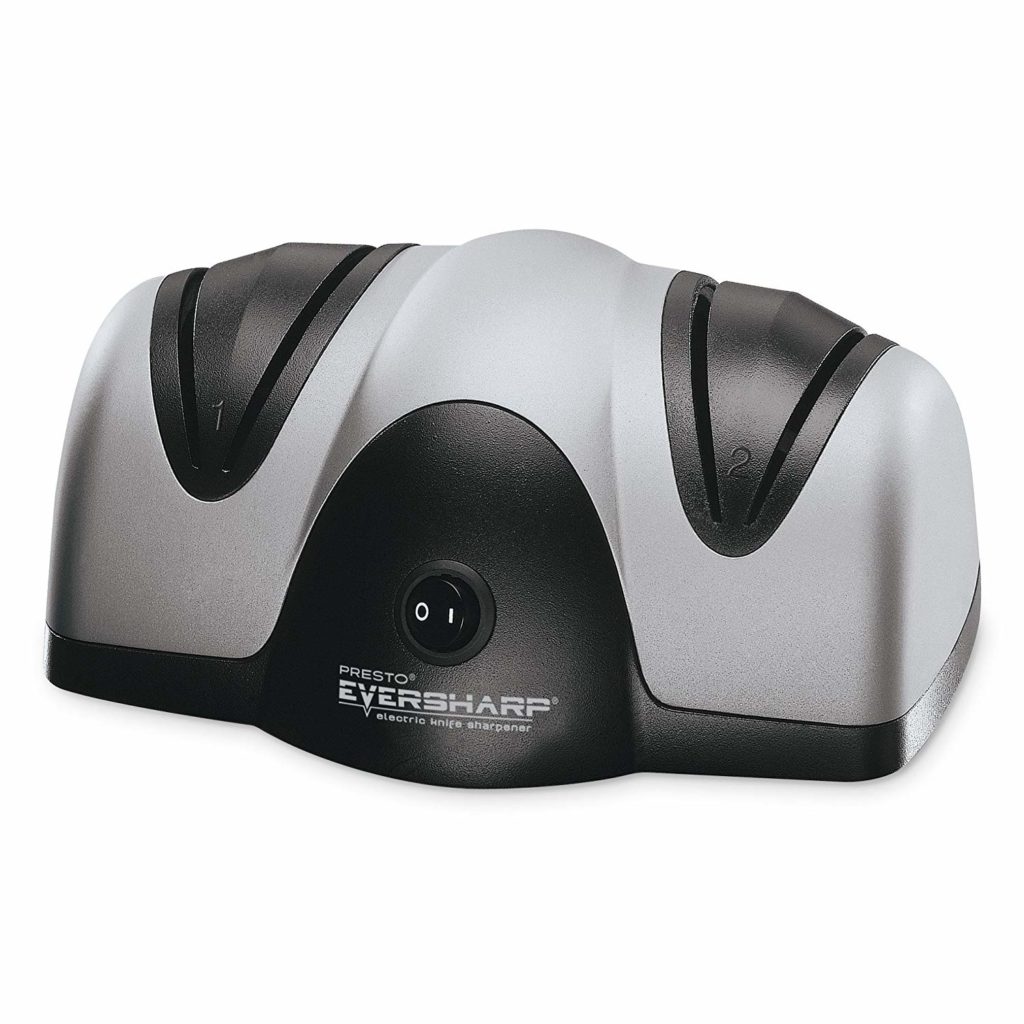Setting the right temperature for your commercial dishwasher is very important. There are two types of temperature settings according to the American National Standards Institute (ANSI) and the National Sanitation Foundation (NSF). The first one is low-temperature dishwashers with chemical sanitizing. The second is high-temperature with hot water sanitizing. You need to be familiar with the federal state standards to ensure you don’t violate any health protocols.
So, if you or your company purchased a commercial dishwasher, read this article to know more. This way, you can choose the option that best fits your business needs.
High-temperature setting
You need hot water for high-temperature settings. The water should be hot enough to sanitize the dishes. Hot water removes visible impurities and bacteria.
The high-temperature setting is between 150-160 degrees for the wash water. The rinse water temperature should be between 180 to 195 degrees.
Low-temperature setting
Low-temperature settings should be between 120 to 150 degrees for both wash and rinse cycles. Since this is not a high temperature, you need to use chemical sanitizers. Chlorine is the most commonly used sanitizer. You have to make sure that the water temperature does not rise more than 150 degrees. Otherwise, chlorine becomes unstable.
Temperature requirements
According to NSF, the temperature should be a minimum of 120 degrees for commercial dishwashers. Below 120 degrees is considered to be a violation of the health code. Some local codes even require a higher temperature than 120 degrees.
The reason for setting the minimum to 120 is because, below that study shows poor wash results. Animal fats start to break down with a temperature of at least 138.5 degrees. Hence, if the setting is only 120-degree, you need detergents to remove animal fat.
Below 120 degrees can cause issues. What will happen is that residual grease and fat will still be left behind. Grease can transfer to the dishes. Grease can even build up inside the machine. Another effect is that below 120-degree temperatures may cause smears on flatware and spotting on glassware. Lastly, dishes will dry slowly. Water will accumulate on the dishes causing water rings.
Because of these, the needed temperature is 120 degrees. But the recommended temperature is 140 degrees.
Below are also rules set by NSF/ANSI for wash temperature:
- Multiple-tank conveyors – at least 150 degrees
- Single-tank conveyors – at least 160 degrees
- Single-temperature stationary – at least 165 degrees
- Dual-temperature with a stationary rack – at least 150 degrees
For final rinse temperature, settings should be below:
- Stationary rack – at least 165 degrees
- All other commercial dishwashers – at least 180 degrees
The minimum temperature for a final sanitizing rinse of glassware using chlorine must be at least 75 degrees.
Lastly, 195 degrees is the maximum temperature for the final sanitizing rinse for all commercial dishwashers.
Using booster heater
You can also get extra equipment called a booster heater. It is a 3 to 5-gallon tank. The purpose of a booster heater is to ensure that the final rinse water is hot enough to sanitize.
The booster heater ensures you meet the sanitation regulations. The booster heater is not needed for low-temp dishwashers that run on 120 degrees or higher.
But if your machine settings show the final rinse is not enough, then get a booster heater. Lastly, one advantage of a booster heater is that it can also dry dishes. As such, it can save you both time and money.
Choosing between a low or high-temperature dishwashing equipment
This is a tough choice to make. Some businesses need high-temp, others low-temp. The factors to consider are the type of business, foot traffic, personal preference, and costs.
Cost and additional equipment
If cost is a major consideration for you, then you can go with a low-temp equipment. A high-temp dishwashing machine is more expensive. Plus, it needs more power and energy, increasing electricity costs.
A low-temperature dishwasher needs more washing cycles to remove stains. The effect is higher water bills.
Another note to consider is that a high-temp machine may need a booster heater. High-temperature also creates more steam. With a lot of steam, you might need to install a vent hood. Having a vent hood needs more space and incur purchase and electricity costs.
Low-temp machines do not cause much steam. Ergo, you don’t need to buy a vent hood. Low-temp dishwashing machines are less expensive, more energy-efficient, and cheaper to repair. But you need to buy chemical sanitizers.
You need to be cautioned thought of using chemical sanitizers. Over time, it may damage flatware, dinnerware, or plastic. Besides, chemical sanitizer is an environmental hazard.
Speed
If speed is a major consideration for you, choose a high-temperature dishwasher. It can do faster wash cycles. Plus, the dishware is almost dry after use.
Meanwhile, you need air-drying for low-temperature dishwashers. Hence, if you have a busier restaurant, it may be wiser to invest in a high-temperature machine.
Removing grease and fat
High-temp dishwashers are more effective in removing grease and fat. For restaurants that serve a variety of food, a low-temp dishwasher may not be the best choice. But for bars, wherein lipstick is the only residue to think of, you may not need a high-temp dishwasher.
In conclusion
Before buying the right dishwashing equipment, you have to study your options well. Know the pros and cons of a dishwashing equipment. Check what best applies to your type of business. Consider your needs and your foot traffic. High-temp machines are more expensive at the onset compared to low-temp. But it may save you costs in the long run since you don’t need chemical sanitizers.
If you need more information in buying a commercial dishwashing machine, visit https://warewashingsolutions.com.au.


